Chamber of Marine Commerce Statement on Right Whale Necropsy Results
The results indicated that one right whale died from fishing gear entanglement and that four whales died from severe blunt force trauma. One other necropsy, still to be concluded, also indicated signs of fishing entanglement, while another whale necropsy was inconclusive but had signs of trauma. The report stated that necropsy findings of trauma and entanglement coincide with high level of fisheries and maritime traffic in the Gulf of St. Lawrence.
At a press conference today, the pathologists said the necropsies could not determine what kind of vessel may have been involved, the size or speed it would have been travelling.
Bruce Burrows, President of the Chamber of Marine Commerce, said: “The necropsy results have indicated that there are many potential factors contributing to the troubling deaths of right whales in the Gulf of St. Lawrence and that more scientific research is required. We welcome Minister Leblanc’s recent commitment to substantially increase the amount of aerial and on-the-water surveillance to develop better real-time data on the whales' movements.”
“From our perspective, our ship operator members have been following speed restrictions and closely working with the government this summer to minimize the risk of collisions. More data is needed on where the whales are and how they move around to help determine if a specific shipping lane could be established without speed restrictions. There are many questions that still need to be answered that will help both the government and industry develop more effective measures to protect the whales while minimizing the economic impacts on Canadians.”
These questions include:
- What government resources are needed to better assess the whales’ movements, behavior and when the whales migrate south?
- Why are the whales migrating in unprecedented numbers into the Gulf, and how can that inform preventative measures?
- Are there technological solutions that would help ships better detect the whales?
Ongoing collaboration between government officials, scientists, and the marine industry will continue to reduce risks to these endangered whales, while maintaining the efficiency of marine transportation in the region. This builds on a record of collaboration in protecting North Atlantic right whales that has been successful for more than decade.
As major users of North Atlantic waters, Canadian shipowners have long been engaged in research and other measures to protect marine wildlife and habitat. The shipping industry reduces speed and alters routes in critical whale habitats, regularly collects important data for scientists and helps test new technology such as the early-warning whale alert system under development by a scientific group being hosted at Dalhousie University.
Past measures taken in critical habitat such as the Bay of Fundy in 2003 have reduced the threat of ship strikes to North Atlantic right whales by more than 80 per cent.
Ships have also taken voluntary protection measures around Saguenay Fjord and the St. Lawrence Estuary, including reducing their speed in whale feeding grounds and avoiding a sensitive area frequently used by beluga herds composed of females and young. According to Parks Canada, speed reductions between 2013-2016 resulted in nearly a 40 per cent reduction in the risk of ship collisions to whales.

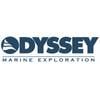
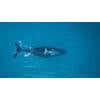

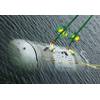
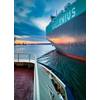
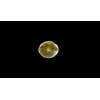








 February 2025
February 2025



